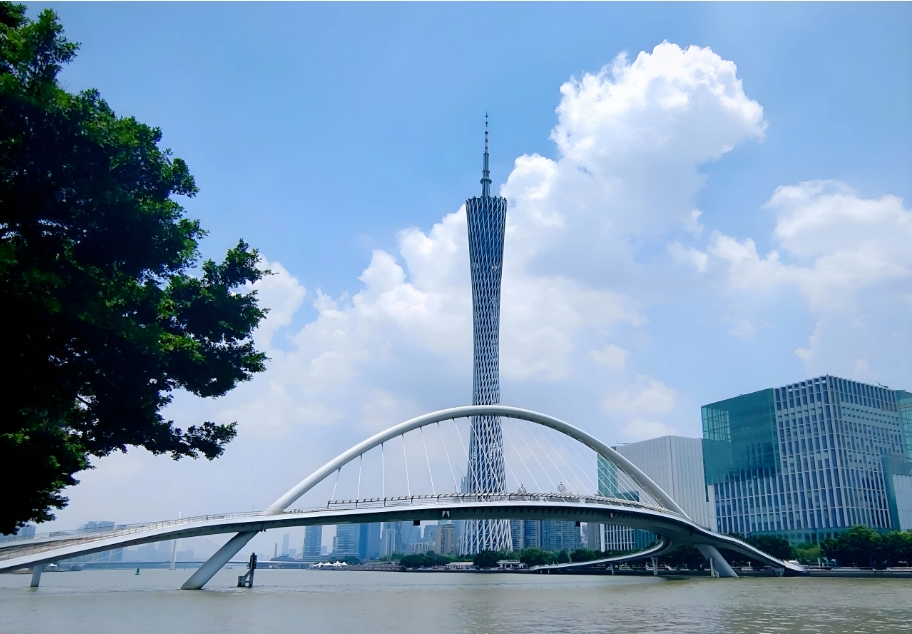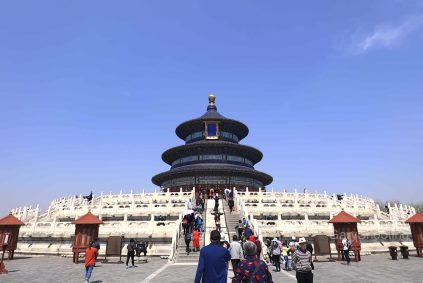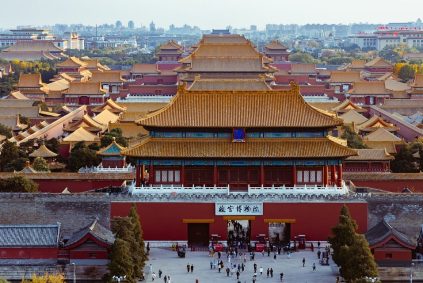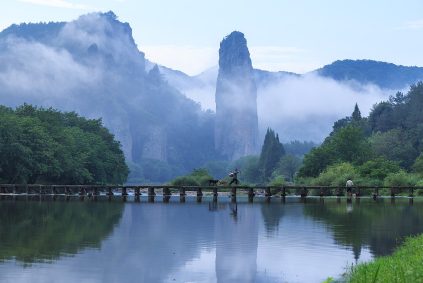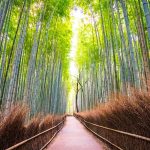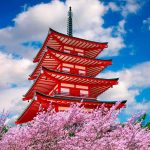Guangzhou’s Dragon Dance Culture: A Fusion of Tradition and Innovation
Гуанчжоу, a city steeped in Lingnan cultural heritage, boasts a vibrant dragon dance tradition that has evolved over centuries. From ceremonial performances to modern adaptations, dragon dance in Guangzhou reflects the region’s history, communal values, and artistic ingenuity.
Historical Roots: From Sacred Rituals to Festive Spectacles
The origins of dragon dance in Guangzhou trace back to the Tang Dynasty, when it was performed during the南海神祭祀 (Nanhai God Worship Ceremony) to祈福平安 (pray for peace and prosperity). Over time, it transitioned from a religious ritual into a secular art form, becoming a centerpiece of festivals like the Lantern Festival and Mid-Autumn Festival. By the Ming and Qing dynasties, dragon dance had developed a complete performance system, integrating martial arts, music, and storytelling.
A notable example is the Guangfu Dragon Dance, recognized as a市级非物质文化遗产 (Municipal Intangible Cultural Heritage) in 2022. This style features a massive dragon with a fish-scale pattern and a golden tail, requiring up to 40 performers to maneuver its 8-12-section body. Its repertoire includes dynamic moves like “翻云覆雨” (Spiraling Clouds) and “龙飞九霄” (Dragon Soaring to the Skies), symbolizing power and auspiciousness.
Regional Variations: Diversity in Form and Symbolism
Guangzhou’s dragon dance culture is enriched by regional adaptations, each with distinct aesthetics and meanings.
1. Fire Dragon Dance in Baiyun District
In Baiyun District, the Mid-Autumn Fire Dragon Dance is a centuries-old tradition rooted in agricultural practices. Legend says villagers once crafted fire dragons from straw to驱赶蝗虫 (repel locusts), protecting their crops. Сегодня, this practice has transformed into a nighttime spectacle where dragons made of榕树枝 (banyan branches) and稻草 (straw) are lit with incense or LED lights. Performers parade through streets, accompanied by drumming and fireworks, to祈求五谷丰登 (pray for bountiful harvests). The tradition was listed as a省级非物质文化遗产 (Provincial Intangible Cultural Heritage) in 2018.
2. Grass Dragon Dance in Nansha District
Nansha’s Grass Dragon Dance, dating back to the Ming Dynasty, uses swordsgrass to create dragons that are both eco-friendly and symbolic. The dragon’s body is woven from dried grass, while its head features intricate bamboo frameworks. During performances, dancers mimic the dragon’s undulating movements, often incorporating martial arts stances. This style highlights the harmony between humans and nature, a core tenet of Lingnan culture.
3. Cloud Dragon Dance in Zhongshan (Influenced by Guangzhou)
Though originating in Zhongshan’s Liufang Village, the Cloud Dragon Dance shares similarities with Guangzhou’s traditions. Its 53-meter-long dragon, illuminated by candles, is guided by a pearl-holding leader, symbolizing the dragon’s pursuit of wisdom. The dance combines 14套路 (choreographed sequences) with drum rhythms, reflecting both agricultural cycles and mythological themes.
Modern Revival: Innovation Meets Tradition
While rooted in history, Guangzhou’s dragon dance culture continues to evolve through creative reinterpretations and technological integration.
1. Youth Engagement and Competitions
В 2025, Huangpu District hosted its first Youth Dragon Dance Competition, attracting 18 teams who performed modernized routines blending traditional moves with contemporary music. Events like these ensure the art form’s survival by training new generations in skills like dragon-head crafting and rhythmic coordination.
2. Technological Enhancements
Modern dragon dance troupes incorporate LED lighting, lightweight materials, and even drone-assisted performances. For instance, some dragons now feature interchangeable heads, allowing performers to switch between historical and mythical designs mid-show. These innovations make the art more visually striking while preserving its cultural essence.
3. Cultural Diplomacy and Global Outreach
Guangzhou’s dragon dance has gained international recognition through cultural exchanges. В 2024, the Guangfu Dragon Dance was featured at the 15th National Games opening ceremony, showcasing its dynamic appeal to a global audience. Кроме того, workshops in schools and communities teach foreign residents the basics of dragon-making and dance techniques, fostering cross-cultural understanding.
Cultural Significance: Beyond Entertainment
Dragon dance in Guangzhou is more than a performance—it’s a living expression of community identity and resilience. The collaborative nature of dragon dance, requiring precise timing and teamwork, mirrors the values of 团结 (unity) and 和谐 (harmony) in Chinese society. Moreover, its themes of renewal and prosperity resonate deeply in a city known for its entrepreneurial spirit.
Whether through the flickering flames of a fire dragon or the synchronized leaps of a grass dragon, Guangzhou’s dragon dance culture continues to inspire awe, connecting past and present in a vibrant display of Lingnan heritage.

